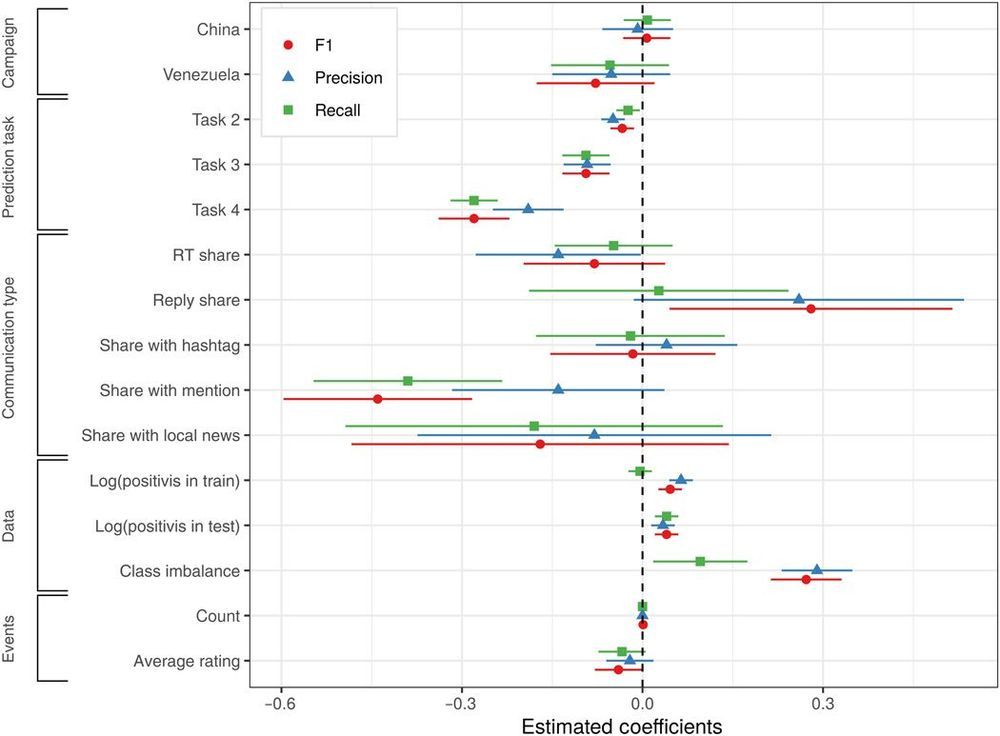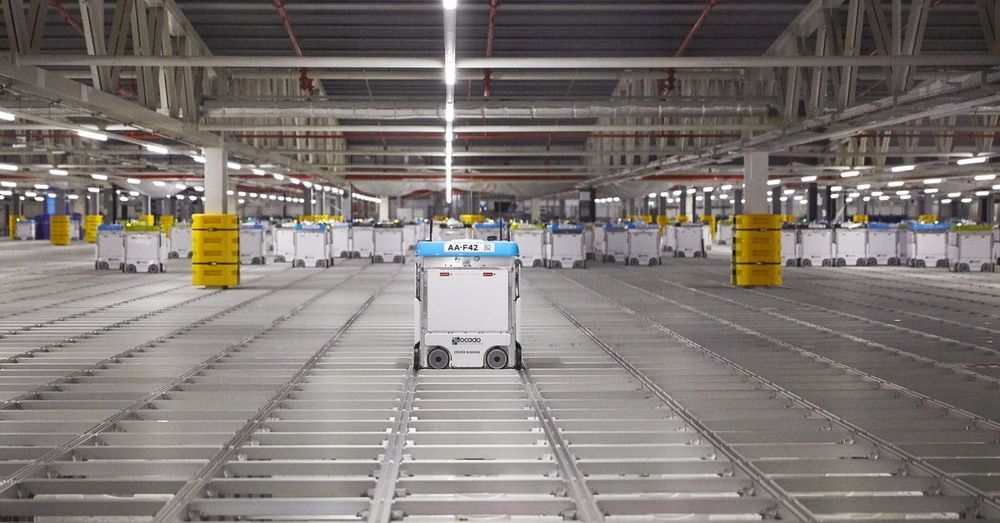In a new paper, DeepMind describes an AI algorithm that was able to discover a critical programming rule in deep reinforcement learning from scratch.


❤️ Check out Weights & Biases and sign up for a free demo here: https://www.wandb.com/papers
Their instrumentation of this paper is available here:
https://app.wandb.ai/stacey/stargan/reports/Cute-Animals-and…zoxNzcwODQ
📝 The paper “StarGAN v2: Diverse Image Synthesis for Multiple Domains” is available here:
- Paper: https://arxiv.org/abs/1912.01865
- Code: https://github.com/clovaai/stargan-v2
- Youtube Video: https://youtu.be/0EVh5Ki4dIY
The paper with the latent space material synthesis is available here:
🙏 We would like to thank our generous Patreon supporters who make Two Minute Papers possible:
Aleksandr Mashrabov, Alex Haro, Alex Paden, Andrew Melnychuk, Angelos Evripiotis, Benji Rabhan, Bruno Mikuš, Bryan Learn, Christian Ahlin, Daniel Hasegan, Eric Haddad, Eric Martel, Gordon Child, Javier Bustamante, Lorin Atzberger, Lukas Biewald, Michael Albrecht, Nikhil Velpanur, Owen Campbell-Moore, Owen Skarpness, Ramsey Elbasheer, Robin Graham, Steef, Sunil Kim, Taras Bobrovytsky, Thomas Krcmar, Torsten Reil, Tybie Fitzhugh.
More info if you would like to appear here: https://www.patreon.com/TwoMinutePapers
Károly Zsolnai-Fehér’s links:

Researchers have developed an automated machine learning system they say can detect social media posts involved in coordinated political influence campaigns—such as Russia’s alleged efforts to sway the results of the 2016 elections in the United States—regardless of platform and based only on the content of the posts.
Read more in Science Advances.
We study how easy it is to distinguish influence operations from organic social media activity by assessing the performance of a platform-agnostic machine learning approach. Our method uses public activity to detect content that is part of coordinated influence operations based on human-interpretable features derived solely from content. We test this method on publicly available Twitter data on Chinese, Russian, and Venezuelan troll activity targeting the United States, as well as the Reddit dataset of Russian influence efforts. To assess how well content-based features distinguish these influence operations from random samples of general and political American users, we train and test classifiers on a monthly basis for each campaign across five prediction tasks. Content-based features perform well across period, country, platform, and prediction task. Industrialized production of influence campaign content leaves a distinctive signal in user-generated content that allows tracking of campaigns from month to month and across different accounts.
The same features that make social media useful to activists—low barriers to entry, scalability, easy division of labor, and freedom to produce media targeted at any given country from almost anywhere in the world (1, 2)—also render it vulnerable to industrialized manipulation campaigns by well-resourced actors, including domestic and foreign governments. We define coordinated influence operation as (i) coordinated campaigns by one organization, party, or state to affect one or more specific aspects of politics in domestic or another state, and (ii) through social media, by (iii) producing content designed to appear indigenous to the target audience or state. South Korea conducted the first documented coordinated influence operation on social media in 2012. Since then, what some term political astroturfing has spread widely [on this phenomenon in U.S. domestic politics, see ].


We’re going back to Mars, and we’d like you to be our virtual guest on the trip. On July 30, NASA will launch the Mars 2020 Perseverance rover on a seven-month journey to the Red Planet. After landing in Jezero Crater, the robotic astrobiologist and scientist will search for signs that microbes might have lived on Mars long ago, collect soil samples to be returned to Earth on a future mission and pave the way for human exploration beyond the Moon. Perseverance will be accompanied by a helicopter called Ingenuity, the first attempt at powered flight on another world.
Because of the coronavirus pandemic and in the interest of health and safety, NASA can’t invite you to Florida to watch the launch personally. However, there are many ways you can participate virtually:

I need him as my desk pet!!!
Special thanks to: instagram.com/hancorinne_ tiktok.com/@vector.robot.boy
Get the Anki Vector Robot Sidekick at Amazon: https://amzn.to/39oX5u6
It’s also available at Walmart here!: https://bit.ly/2BnIFxE
We hope you love the products we recommend! Just so you know, BuzzFeed may collect a share of sales from the links in this video description.

Note: This article was originally published on May 29, 2017, and updated on July 24, 2020 Overview Neural Networks is one of the most popular machine learning algorithms Gradient Descent forms the basis of Neural networks Neural networks can be implemented in both R and Python using certain libraries and packages.
I am for ethical Ai. What about you?
Sophia interviews Stanford AI Researcher Tina White about how A.I. & Robotics can help stop the spread of Covid19 through contact tracing while preserving users’ privacy.
- What are you doing to stop the spread? 0:50
- What is contact tracing? How does it help stop the spread? 2:28
- How did you get the idea for your app? 2:54
- Why is privacy important to humans? 3:46.
Check out Tina’s app here: https://www.covid-watch.org/
Follow Sophia the Robot:
